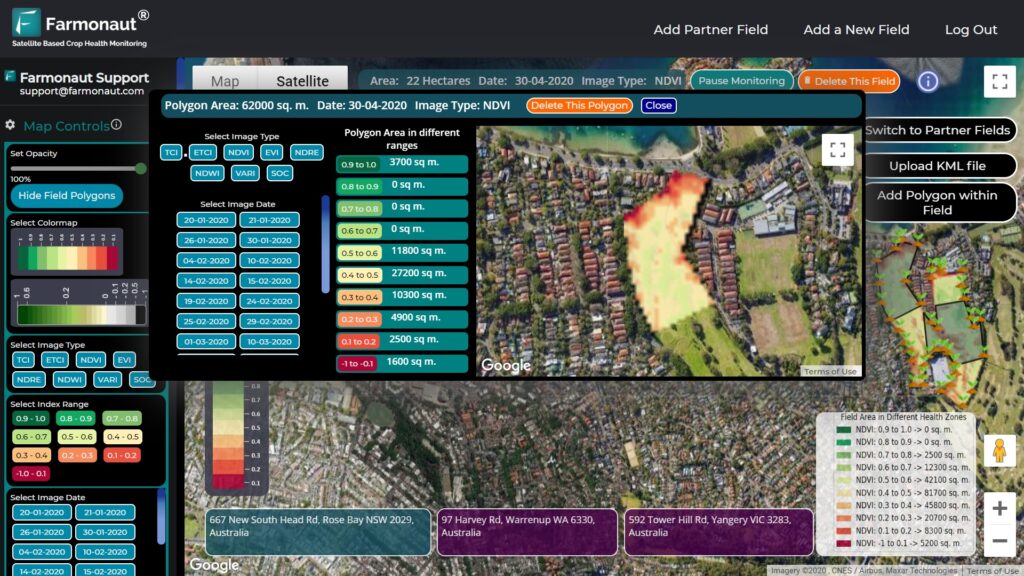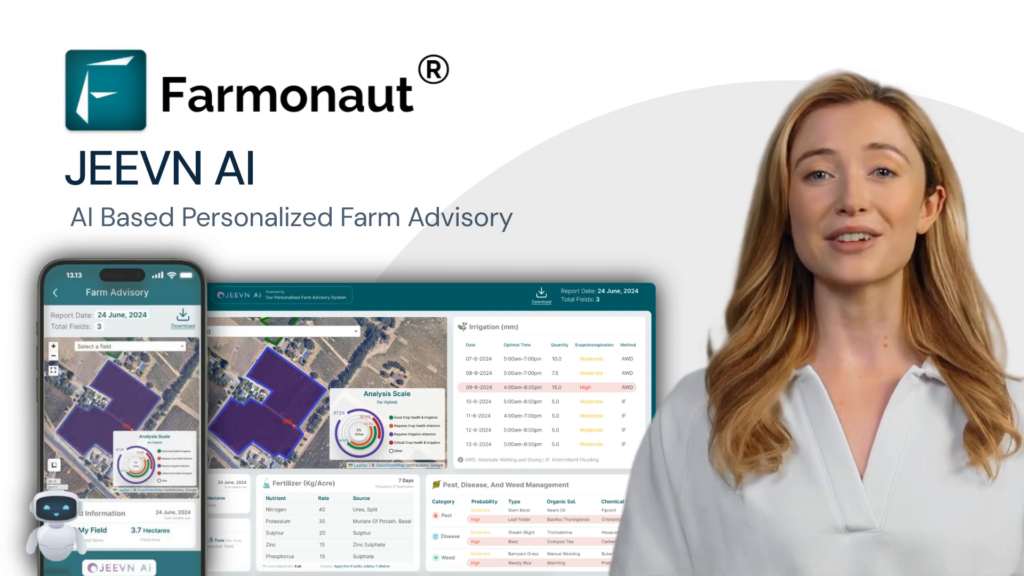Manatee County’s $2 Million Stormwater Management Plan: Protecting Neighborhoods from Hurricane Season Flooding
“Manatee County approved $2 million for stormwater management, targeting debris clearance and drainage improvement in key waterways.”
As we approach another hurricane season, Manatee County, Florida, is taking proactive steps to address the pressing issue of flooding that has plagued our communities in recent years. The county commissioners have unanimously approved a $2 million funding package aimed at clearing debris and improving drainage in key waterways. This comprehensive stormwater management plan is a direct response to the severe flooding events that devastated many neighborhoods last year, particularly in areas near the Braden River in Lakewood Ranch.
In this blog post, we’ll delve into the details of Manatee County’s ambitious flood prevention strategy, exploring how this initiative aims to protect our neighborhoods, agricultural lands, and critical infrastructure from the potentially devastating impacts of hurricane season flooding. We’ll examine the key components of the plan, its expected benefits, and how it fits into the broader context of sustainable environmental management and responsible development practices.
Understanding the Flood Risk in Manatee County
Before we dive into the specifics of the stormwater management plan, it’s crucial to understand the unique flooding challenges faced by Manatee County. Our region’s geography, coupled with the effects of climate change, has made us particularly vulnerable to flood events, especially during hurricane season.
- Low-lying coastal areas
- Extensive network of rivers and creeks
- Increasing frequency and intensity of storms
- Rapid urban development
These factors combine to create a perfect storm of flood risk, as evidenced by the devastating events of last year. The saturation of the ground during Hurricane Debbie led to the collapse of old-growth trees along riverbanks, creating natural dams that exacerbated flooding in many areas.

The $2 Million Stormwater Management Plan: A Closer Look
The newly approved stormwater management plan is a multi-faceted approach to tackling flooding concerns across Manatee County. Let’s break down the key components of this ambitious initiative:
- Debris Clearance: A primary focus of the plan is to remove fallen trees, dislodged furniture, and other obstacles that have formed natural dams in our waterways.
- Drainage Improvement: The plan includes measures to enhance the flow of water through our river systems, reducing the risk of backup and overflow.
- Targeted Approach: Initial efforts will concentrate on areas that experienced severe flooding last year, including sections of the Braden River and Gamble Creek.
- Utilization of External Resources: The county will leverage previously approved external contractors to expedite the cleanup process.
- Phased Implementation: The first phase of the emergency cleanup is scheduled for completion by June 1, with additional phases planned pending further funding.
“The emergency cleanup plan focuses on multiple critical locations, including areas near Braden River and Gamble Creek.”
Priority Areas for Intervention
The stormwater management plan identifies several key areas that will receive immediate attention due to their critical role in the county’s drainage system and their vulnerability to flooding:
- Braden River in Lakewood Ranch: This area experienced significant flooding last year and will be among the first to undergo clearing.
- Gamble Creek: The stretch between Jim Davis Road and Golf Course Road is slated for comprehensive cleanup.
- Buffalo Creek: Included in the first group of waterways to receive attention under the new plan.
- Cabbage Slough: Another priority area identified for immediate intervention.
These targeted efforts are designed to address the most pressing flood risks while laying the groundwork for more comprehensive, county-wide improvements in the future.
The Impact on Manatee County Residents
For many Manatee County residents, this stormwater management plan represents a beacon of hope after the traumatic flooding events of the previous year. Anthony Sciullo, a Parrish resident whose property was submerged under floodwaters, shared his perspective on the initiative:
“All it can do is help. It may not solve all the problems if we get another hundred-year storm, but it will surely help us out during regular rainy seasons.”
While the plan may not eliminate all flood risks, it is expected to significantly mitigate the impact of seasonal storms and improve overall drainage throughout the county. This proactive approach to flood prevention is crucial for protecting our communities, infrastructure, and agricultural lands from future flooding events.
The Role of Technology in Flood Prevention
While Manatee County’s stormwater management plan primarily focuses on physical interventions, it’s worth noting the increasing role of technology in flood prevention and agricultural resilience. Companies like Farmonaut are at the forefront of this technological revolution, offering advanced solutions that can complement traditional flood management strategies.
Farmonaut’s satellite-based farm management solutions provide valuable insights for both urban planners and agricultural stakeholders. By leveraging real-time data on soil moisture levels and vegetation health, communities can make more informed decisions about land use and drainage planning. This type of technology could potentially play a crucial role in future flood prevention efforts in Manatee County and beyond.
Manatee County Stormwater Management Plan Overview
| Location | Issue | Planned Action | Estimated Budget Allocation | Expected Impact | Timeline |
|---|---|---|---|---|---|
| Braden River (Lakewood Ranch) | Severe flooding, debris accumulation | Debris clearing, drainage improvement | $500,000 | High | June 1, 2025 |
| Gamble Creek | Natural dam formation, restricted water flow | Removal of fallen trees, channel widening | $400,000 | Medium | July 15, 2025 |
| Buffalo Creek | Sedimentation, reduced capacity | Dredging, bank stabilization | $350,000 | Medium | August 1, 2025 |
| Cabbage Slough | Overgrown vegetation, debris blockage | Vegetation management, debris removal | $300,000 | Low to Medium | August 15, 2025 |
| Other Critical Waterways | Various flooding and drainage issues | Assessment and targeted interventions | $450,000 | Varies | Ongoing through 2025 |
Long-Term Sustainability and Environmental Considerations
While the immediate focus of Manatee County’s stormwater management plan is on addressing urgent flooding concerns, it’s crucial to consider the long-term sustainability implications of these efforts. The initiative highlights the importance of wetland preservation and responsible development practices in mitigating flood risks.
Wetlands play a critical role in natural flood control, acting as sponges that absorb excess water during heavy rainfall events. As we implement our stormwater management plan, we must also prioritize the protection and restoration of these vital ecosystems. This approach aligns with broader environmental goals and can contribute to the overall resilience of our communities in the face of climate change.
Additionally, the plan underscores the need for more sustainable urban development practices. As Manatee County continues to grow, it’s essential that we implement strategies that minimize the impact of new construction on our natural drainage systems. This may include:
- Implementing green infrastructure solutions
- Encouraging permeable surfaces in new developments
- Preserving and expanding green spaces
- Adopting stricter regulations on building in flood-prone areas
By integrating these sustainable practices into our flood prevention efforts, we can create a more resilient and environmentally responsible Manatee County for future generations.

The Role of Community Engagement in Flood Prevention
The success of Manatee County’s stormwater management plan relies not only on the efforts of county officials and contractors but also on the active participation of our community. Residents play a crucial role in flood prevention and mitigation efforts. Here are some ways in which community members can contribute:
- Reporting Blockages: Residents are encouraged to report any observed waterway blockages to county officials promptly.
- Proper Waste Disposal: Ensuring that household waste and yard debris are disposed of correctly can prevent them from becoming obstacles in our waterways.
- Rain Garden Installation: Homeowners can consider installing rain gardens, which help absorb excess rainwater and reduce runoff.
- Participation in Community Clean-up Events: Joining local initiatives to clean up rivers and creeks can significantly contribute to flood prevention efforts.
By fostering a sense of shared responsibility for our waterways, we can enhance the effectiveness of the county’s stormwater management plan and build a more resilient community.
Leveraging Technology for Enhanced Flood Management
While Manatee County’s current stormwater management plan focuses on physical interventions, the future of flood prevention lies in the integration of advanced technologies. Innovative solutions, such as those offered by Farmonaut, can provide valuable data and insights to enhance our flood management strategies.
Farmonaut’s satellite-based monitoring systems can be particularly useful for:
- Real-time Flood Mapping: Satellite imagery can help identify areas at immediate risk of flooding, allowing for rapid response and evacuation if necessary.
- Soil Moisture Monitoring: By tracking soil moisture levels across the county, we can better predict areas prone to saturation and potential flooding.
- Vegetation Health Assessment: Monitoring the health of vegetation along riverbanks can help identify areas at risk of erosion, which can contribute to flooding.
While Farmonaut’s primary focus is on agricultural applications, the technology has significant potential for urban flood management as well. By partnering with companies like Farmonaut or developing similar capabilities in-house, Manatee County could significantly enhance its flood prevention and response capabilities.
For those interested in learning more about how satellite technology can contribute to environmental management, consider exploring Farmonaut’s carbon footprinting solutions. While primarily designed for agricultural use, these tools demonstrate the potential of satellite data in addressing environmental challenges.
Economic Implications of the Stormwater Management Plan
The $2 million investment in Manatee County’s stormwater management plan represents a significant commitment to flood prevention. However, it’s important to consider this expenditure in the context of the potential economic benefits it can bring to our community:
- Reduced Flood Damage Costs: By mitigating flood risks, we can potentially save millions in property damage and infrastructure repairs.
- Increased Property Values: Improved flood protection can lead to higher property values in previously vulnerable areas.
- Agricultural Protection: Safeguarding farmland from flooding helps ensure the stability of our local agricultural economy.
- Tourism and Recreation: Well-maintained waterways can boost tourism and recreational activities, contributing to the local economy.
While the initial investment is substantial, the long-term economic benefits of effective flood management are likely to far outweigh the costs.
Looking to the Future: Expanding Manatee County’s Flood Prevention Efforts
As we implement the current $2 million stormwater management plan, it’s crucial to look ahead and consider how we can build upon these efforts in the future. County officials estimate that an additional $9 million will be needed to address all six designated groups of waterways requiring attention. This underscores the need for ongoing investment in our flood prevention infrastructure.
Future initiatives may include:
- Expansion of the county’s stormwater maintenance team
- Implementation of advanced flood warning systems
- Development of comprehensive watershed management plans
- Increased collaboration with neighboring counties for regional flood management
By continuing to prioritize flood prevention and stormwater management, we can create a more resilient Manatee County that is better prepared to face the challenges of future hurricane seasons.
Conclusion: A Step Towards a More Resilient Manatee County
Manatee County’s $2 million stormwater management plan represents a crucial step in our ongoing efforts to protect our communities from the devastating impacts of flooding. By focusing on debris clearance, drainage improvement, and targeted interventions in key waterways, this initiative aims to mitigate flood risks and enhance our overall resilience to severe weather events.
While the plan is not a panacea for all our flooding challenges, it demonstrates our community’s commitment to addressing this critical issue. As we move forward with implementation, it’s essential that we continue to engage residents, leverage advanced technologies, and consider long-term sustainability in our approach to flood management.
By working together and remaining proactive in our flood prevention efforts, we can build a safer, more resilient Manatee County for current and future generations.
FAQ Section
- Q: When will the first phase of the emergency cleanup be completed?
A: The first phase is expected to be completed by June 1, 2025. - Q: How can residents report waterway blockages?
A: Residents are encouraged to contact the Manatee County Stormwater Division directly to report any observed blockages. - Q: Will this plan completely eliminate flood risks in Manatee County?
A: While the plan will significantly mitigate flood risks, it cannot eliminate all flooding, especially during extreme weather events. - Q: How is the $2 million funding being allocated?
A: The funding is primarily allocated for debris clearing, drainage improvements, and targeted interventions in key waterways across the county. - Q: Are there plans for future flood prevention initiatives beyond this $2 million plan?
A: Yes, county officials estimate that an additional $9 million will be needed to address all designated waterways requiring attention.
Stay Informed and Prepared
We encourage all Manatee County residents to stay informed about local stormwater management updates and to take proactive steps in preparing for the upcoming hurricane season. Sign up for the county’s emergency alert system and newsletter to receive timely updates and important information.
Together, we can build a more resilient Manatee County and protect our communities from the impacts of flooding.
Earn With Farmonaut: Link https://farmonaut.com/affiliate-program
Earn 20% recurring commission with Farmonaut’s affiliate program by sharing your promo code and helping farmers save 10%. Onboard 10 Elite farmers monthly to earn a minimum of $148,000 annually—start now and grow your income!














